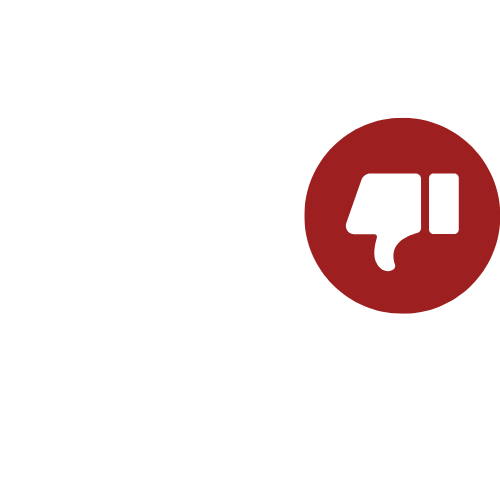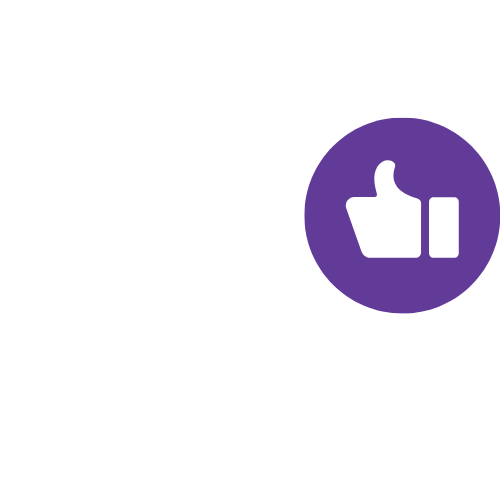By Patrice M. Kelly, JD, Senior Policy Executive Advisor National Drug & Alcohol Screening Association
This is the second in a series of articles I am writing to dispel the “myths and urban legends” surrounding the U.S. Department of Transportation (DOT) drug and alcohol testing. Although the oral fluid final rule was published on May 2, 2023, there have already been numerous misunderstandings and misconceptions regarding what were intended to be helpful additions to the DOT’s plain language regulation, 49 CFR Part 40, Procedures for Transportation Workplace Drug and Alcohol Testing Programs. As the lead author of the DOT team who wrote the Oral Fluid Final Rule, I want to explore with you some of the confusion that has unexpectedly popped up and that can easily be resolved.

MISCONCEPTION: “There will be no more directly observed urine collections!”

FACT: This is untrue!
While the costs of a directly observed urine collection may outweigh its benefits, considering that all oral fluid tests are directly observed, the DOT final rule does not remove this option for employers. If a problem collection requires a directly observed collection, the employer may still choose to require a directly observed urine collection. In addition, for return-to-duty and follow-up testing, an employer could choose urine testing for those directly observed tests. The only exception is if the donor is transgender or nonbinary, in which case the employer must utilize an oral fluid test in order to conduct a directly observed collection.

MISCONCEPTION: “Individuals will say they are transgender or nonbinary simply to evade urine testing.”

FACT: This is doubtful.
Even if an employee says they are transgender or nonbinary, the testing will still be completed successfully through the oral fluid test.
NOTE: Some members have asked how to approach the subject of an individual’s gender during a directly observed collection. First, it is important to remember that it has been required since 1989 in the DOT’s regulation, Part 40, to have a same-gender observer for a directly observed urine collection. Second, before beginning a directly observed collection, the collector will notify the donor that they will be proceeding to a directly observed collection and let them know that there will be a same-gender observer. When the collector names the gender of the observer, the donor can state that that gender is not theirs. The collector cannot argue with this and must then proceed to ensure the collection is done by the gender the donor approves until oral fluid testing labs are approved by HHS.

MISCONCEPTION: “All employers will conduct oral fluid collections in-house!”

FACT: This is unlikely.
Employers have already been able to conduct DOT-regulated collections in-house. However, most employers do not do so for many reasons including liability. If an employer utilizes Human Resources personnel to conduct testing and then needs the HR personnel to participate in a personnel action, including a hiring decision, the situation can get complicated. Most employers opt for outside collectors to keep the appearance of propriety and to avoid the appearance of a conflict of interest. It is likely that many employers will still handle collections this way.
Also, oral fluid devices have associated costs. An employer would have to purchase the devices, ensure the shelf-life of each device is current, and ensure the training and currency of the oral fluid collector on their staff – responsibilities many employers would not want to take on.
In the public comment period after the DOT’s Notice of Proposed Rulemaking, several employers outlined the points above and indicated that these would make it impractical and unlikely that they would bring oral fluid collections in-house. Wise service agents should share information about oral fluid testing with their clients and discuss these concerns.

MISCONCEPTION: “Now we are going to need a new Federal Drug Custody and Control Form!”

FACT: Happily, this is not true.
HHS has announced that the 2023 CCF has been approved by the Office of Management and Budget (OMB) and it is the same as the current (2020) version of the CCF. The 2023 has the same OMB number and is an extension of the current version of the CCF that was approved by OMB in 2020. The 2023 CCF will look the same as the current version and are no changes to the Instructions for the CCF, which are no longer listed on the back of the CCF.
Also, since we are on the subject of the CCF, remember that the OMB, allowing the use of the 2017 Federal CCF for urine specimens [this is the version without any reference to “oral fluid” and with the instructions on the back of the CCF] without a memorandum for the record (MFR) from the collector, has now expired. As of September 1, collectors should have switched to the new CCF or include an MFR if they need to use the older CCF.
Disclaimer
Patrice Kelly is an employee of the United States Department of Transportation (DOT) on detail to the National Drug and Alcohol Screening Association (NDASA) as the Senior Policy Executive Advisor. The views reflected here are expressed in her personal capacity. Ms. Kelly’s views have not been subjected to review, clearance, or approval by DOT, and they do not necessarily represent the views of DOT.
